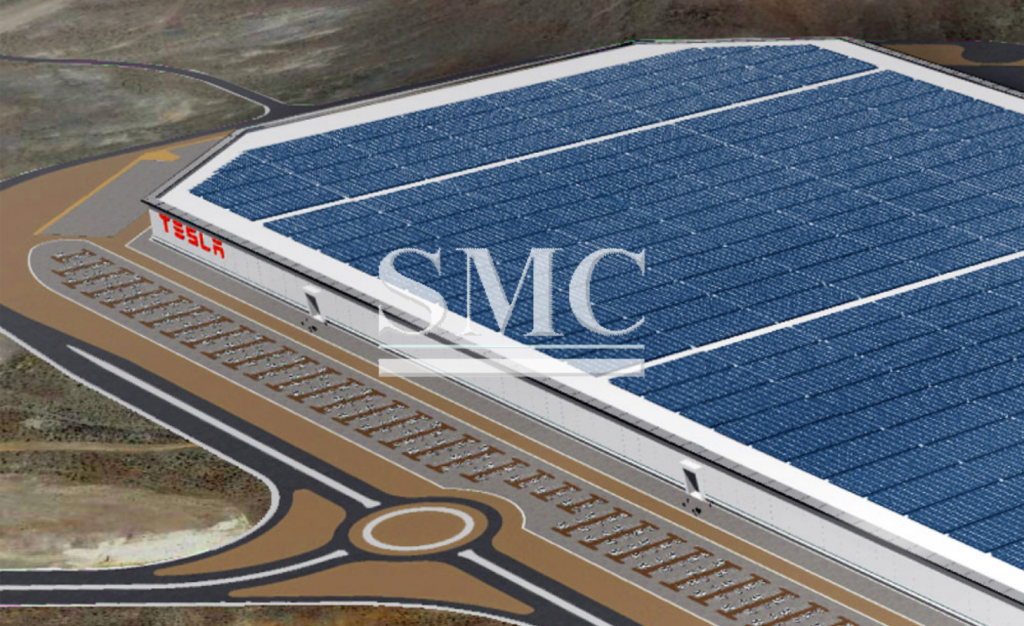
- Company overview The heart of SMC Vision & Philsophy Partnership Certifications Company culture
- Our service Design and Engineering Maintenance and Service Examine Production Line Upgrade and Transformation Storage and Logistics Processing, Trading and Distributor
- Management Our history Global responsibility Info Center
- Procurement center Internship
- Metal Steel Products Stainless Steel Products Aluminum Products Copper Products Galvanized Steel and PPGI Special Alloy Building Material
- Containers ISO Standard Container Equipment Container Storage Container Refrigerated/Reefer Container Offshore Container Container House Tank Container Container Fittings Container Trailer
- Gas Cylinder & Fire Extinguisher Cryogenic Liquid Cylinder Oxygen Gas Cylinder Storage Tank CNG Gas Cylinder LPG Gas Cylinder Hydrogen Gas Cylinder Nitrogen Gas Cylinder Industry Gas Cylinder Fire Extinguisher
- Metal Machinery Forming Machine Cutting Machine Processing Machine Bending Machine Block Machine Other Machinery Motor Spare Parts
- Mechanical Products Miscellany Mooring Equipment Marine Equipment Vehicle Industry Pressure Vessel Conveyor Belt Laser Equipment Bearing
- Electrical System Power Distribution Automation Electrical Cable Solar Power System Electric Protection System Transformer Production Line Lighting System
- Project Plastic Pipes and Pipe Fittings Fiberglass Reinforced Plastic Pontoon System
Tesla opens Gigafactory to the media
According to Manufacturer.com, an electric vehicle manufacturer Tesla Motors has shown off its so-called ‘Gigafactory’ to the media for the first time.
The Gigafactory is Tesla’s attempt to scale up its production of lithium-ion battery packs for electric vehicles, and in doing so, bring down the overall cost of the cars.
Speaking to journalists at this press event, Tesla CEO Elon Musk outlined the primary aim of the Gigafactory.
“This is about making enough cells and batteries to make hundreds of thousands, ultimately millions of electric cars, and to do so at scale,” said Musk.
In order to achieve this, Tesla decided on an unconventional mindset when it came to factory design.
“We had to design the factory as a machine. You really need to look at a factory like it’s a product – like it’s a giant machine that builds the machine. And it deserves more innovation and more engineering skill than the product itself,” Elon Musk explained.
The primary innovation behind the Gigafactory, as alluded to by its name, is its incredibly large size.Already the portion of the factory that is up and running measures in a massive 1.9 million sq. ft (176,516sq. m.), however even this will only comprise just 14% of the entire planned area.When it reaches its final size, the Gigafactory will be the largest building in the world by footprint, and the second largest in the world by volume.

Another innovation Tesla highlighted was the planned efficiency of the building itself, something achieved through the use of advanced computer modeling of the factory and localized sourcing of raw material.
As well, the Gigafactory makes heavy use of automation, both in assembly line robots, and in small autonomous wheeled robots, able to carry goods around the factory floor.
By 2018 Tesla hopes to be able to produce batteries for at least 500,000 vehicles annually, however when running at full capacity, they claim the Gigafactory will be able to produce batteries for 1,500,000 cars annually.
